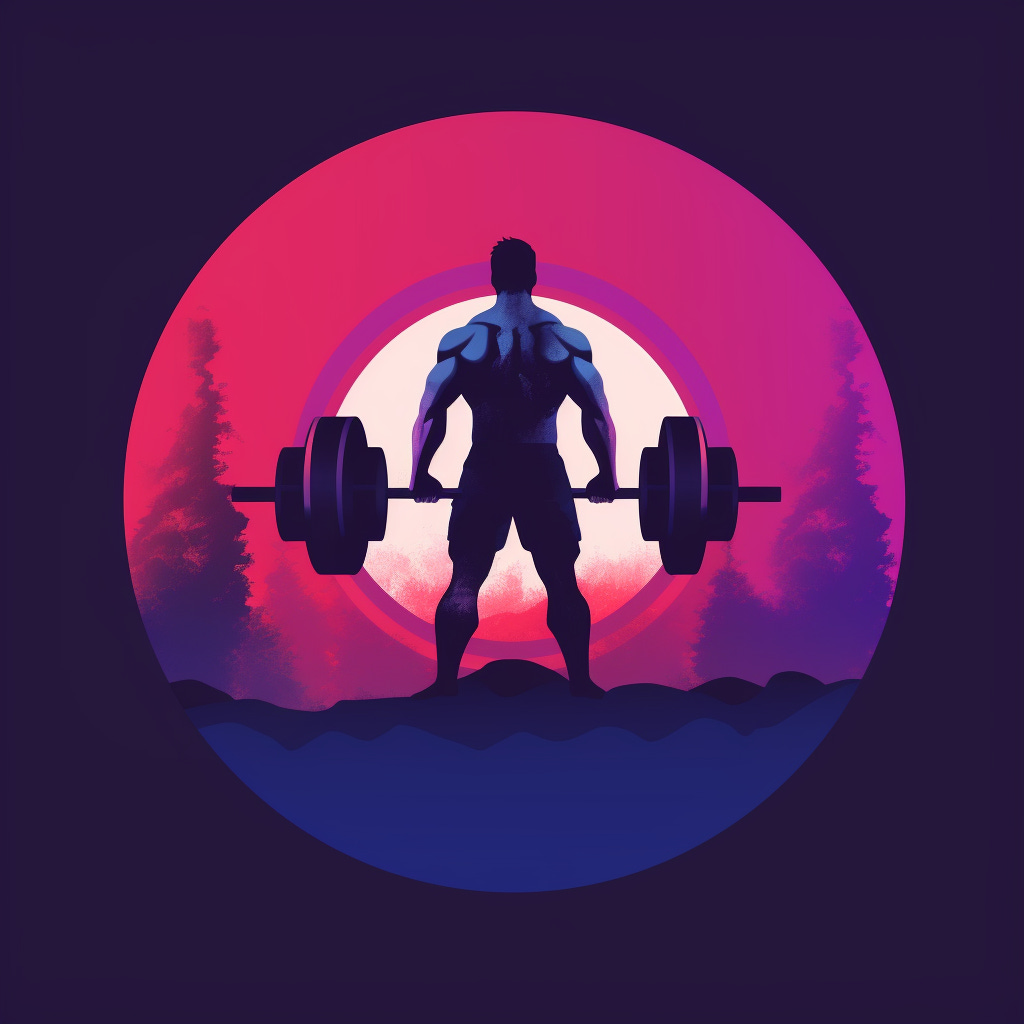NOTE: The basis of this constraints model is something I’ve learned and adopted from Dr. Pat Davidson. I have made tweaks here and there to modify it to suit my needs— I hope anytime any of you come across a framework you ask questions… models are simply tools that we have available and it is up to us as individuals to make the judgment of how and when to apply said information.
THAT BEING SAID— This model is cool as F*CK and I am stoked to share it.
In my experience, the most difficult aspect of coaching and training is the fact that literally every person is different and has a unique response to any given stimulus. The issue this presents is obvious; we can’t program the same things for each individual, regardless if they compete in the same sport or even have the same goals :(
Genetics, skeletal structure, and shape limit our ability to train individuals the same way. The sport also limits our ability because the demands of the sport are universal— complete a specific task.
That’s the second challenge. All athletes want to be strong, mobile, and fast… but to what degree? Clearly, a middle linebacker in the NFL needs to be stronger than a cornerback, but he still needs to be mobile enough to beat an offensive lineman, who is probably pretty mobile, but not as mobile as a running back that they need to be able to tackle as they sprint by. Catch my drift.

Finding the balance of all of these traits is difficult as you learn and get deeper into the nuances of training. It’s the reason trainers who know close to NOTHING can see client success, especially with general population clients, and why an experienced trainer might actually push a client or athlete away from the desired result. We all train on a spectrum.
The trainer who is not an expert in anything will train an individual so generally that they don’t lose much of any desired trait. If a trainer who has trained NBA players for 10 years trains NFL players and fails to recalibrate his approach to said sport— he will destroy the physical beasts of the NFL.
It sounds like a simple adjustment but because there are so many ways to achieve a result it’s MUCH harder than it seems— especially for someone who is advanced in any specific facet of training.
So what’s the spectrum? High Grounding <————————> Low Grounding
Think of grounding as the sum of sensory feedback and external support.
Sensory feedback refers to knowing where the body is in space.
External Support refers to the physical things we are in contact with during a movement.

A sport that is highly grounded and has lots of sensory feedback and external support is powerlifting (we will dive deeper— hang tight). A sport that has low grounding is acrobatics. You can maybe say other sports are as high or low but these are two good examples and basically every other sport falls somewhere between these two on the spectrum above. Train a powerlifter like an acrobat… may not go well— train an acrobat like a powerlifter… YIKES. Specificity amiright!

So we can’t change the genetics of the person or the demands of the sport… We have to change the training environment. We have to create a baseline of grounding that everyone can meet and adjust as needed for a goal or demand of sport. To create the list (lists may vary) I want to think of ways to make movements and the desired outcome of that movement as easy as possible to attain. Here is my List:
Constraints (Tracks— Think the fixed movement on a machine like a Hack Squat)
Reference (Physical things that allow sensory feedback)
Bilateral Stance
Single Plane Movement (Saggital)
Utilizing Control
Short Lever Length (Torque)
Utilizing External Load (load is like a bell curve— need just enough to be right)
Management of Gravity

To explain a few I want you to think back to grounding, and create a baseline— The easiest path to the goal.
The most stable stance is bilateral—cakewalk
Most people have the least trouble moving through the sagittal plane—cheese
Short level = less torque— a no-brainer
If you want to make these more difficult or less grounded take away stability through stance maybe a single leg, incorporate multiplaner movement as opposed to sagittal plane, and increase the length of the lever, increasing torque.
An example of using the constraints model is trying to hit a knee-dominant movement with a new client (I view knee-dominant movements as having vertical hip displacement).
Here is my selection and reason:
Hack Squat- Uses a stable, bi-lateral stance, moving in one plane, on a physical track with lots of padding for sensory feedback. They also won't need to manage gravity, the weight of the machine is an external load, with low torque. Because of all the reasons above, I can GUARANTEE they feel quads here little to nothing else.
I love this model because it allows all the primary movements to be tossed into one basket for beginners and can be adjusted as needed for any given individual.
And what are all of the primary movements of the body?
Breathing, Core for Pelivs, Core for Thorax, Locomotion, Triple Extension, Throwing, Knee-Dominant, Hinge-Dominant, Vertical Push, Vertical Pull, Horizontal Push, Horizontal Pull… Yeah, I know there are a lot, and if you have something you would add please comment or ask any questions as to why I might’ve left something out!
Let me know what you think of the framework! Put it to good use and try it out in your own training and practice.



